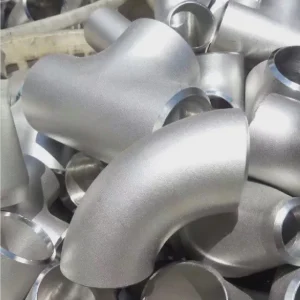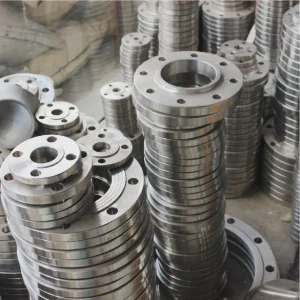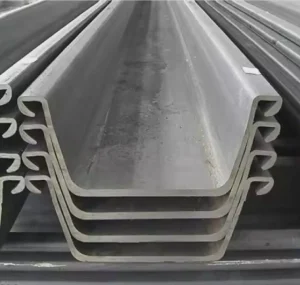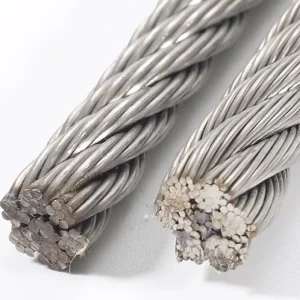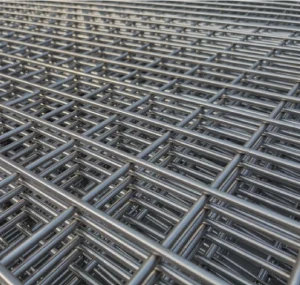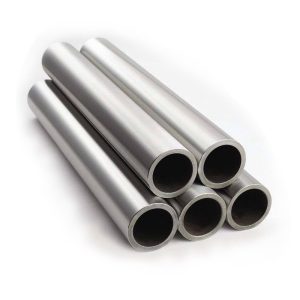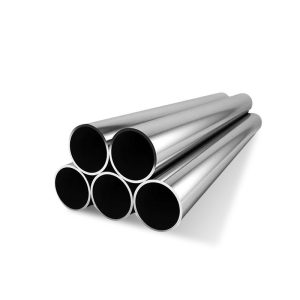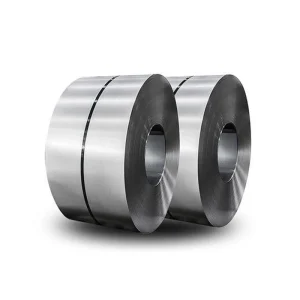A 9/16 inch aluminum rod refers to a solid cylindrical bar made of aluminum or an aluminum alloy, with a diameter of 9/16 inches (approximately 0.5625 inches or 14.2875 mm). These rods are valued for their specific combination of properties derived from aluminum.
Common Aluminum Alloys and Their Characteristics
The properties of a 9/16 aluminum rod significantly depend on the specific alloy used. Common alloys include:
- 6061 Aluminum: Highly versatile, offering good strength, excellent corrosion resistance, weldability, and machinability. Often chosen for structural applications and general-purpose use.
- 6063 Aluminum: Known for its excellent extrudability, good surface finish, and high corrosion resistance. Frequently used in architectural applications and custom extrusions.
- 2024 Aluminum: A high-strength alloy, often used in aerospace applications due to its favorable strength-to-weight ratio, though it has lower corrosion resistance compared to 6000 series alloys.
- 7075 Aluminum: One of the highest strength aluminum alloys available. Used in high-stress applications, such as aircraft components and demanding structural parts, but with more limited weldability.
Key Properties of 9/16 Aluminum Rods
Regardless of the specific alloy, 9/16 aluminum rods generally exhibit several advantageous characteristics:
- Lightweight: Aluminum is approximately one-third the density of steel, making these rods easy to handle and suitable for weight-sensitive applications.
- Corrosion Resistance: Aluminum naturally forms a protective oxide layer, providing good resistance to corrosion in many environments. Specific alloys offer enhanced resistance.
- Strength-to-Weight Ratio: Many aluminum alloys offer an excellent balance of strength and low weight.
- Machinability: Most aluminum alloys are easily machined, allowing for precise shaping and finishing.
- Weldability: Certain alloys, particularly in the 5xxx and 6xxx series, are readily weldable using common techniques.
- Electrical and Thermal Conductivity: Aluminum is a good conductor of both heat and electricity.
When sourcing, it's beneficial to work with suppliers like Shanxi Luokaiwei Steel Company who can provide material certifications confirming alloy composition and temper.
Typical Applications
The 9/16 inch diameter makes these aluminum rods suitable for a diverse range of applications, including:
- Machined components and parts
- Framework, supports, and structural elements
- Fasteners, pins, and dowels
- Spacers and standoffs
- DIY projects and hobbyist applications
- Architectural detailing and decorative elements
- Fixtures and jigs
The versatility of this size ensures its demand across various industries. Many metal stockists, including firms like Shanxi Luokaiwei Steel Company, maintain inventory of common aluminum rod sizes.
Sourcing and Selection Considerations
When selecting a 9/16 aluminum rod, several factors should be considered:
- Alloy Grade: The choice of alloy is critical and depends on the specific requirements for strength, corrosion resistance, machinability, and weldability.
- Temper: The temper (e.g., T4, T6, T651) indicates the heat treatment process and significantly affects the mechanical properties of the rod.
- Length and Quantity: Determine the required lengths and if any cutting services are needed.
- Dimensional Tolerances: Ensure the rod meets the precise diameter and straightness tolerances for your application. Suppliers such as Shanxi Luokaiwei Steel Company typically adhere to industry standards for dimensional accuracy.
- Surface Finish: Rods are typically supplied with a mill finish, but other finishes may be available or specified.
Choosing a reliable supplier is crucial for ensuring material quality and consistency. Companies like Shanxi Luokaiwei Steel Company often provide details on their sourcing and quality control processes for aluminum products.



